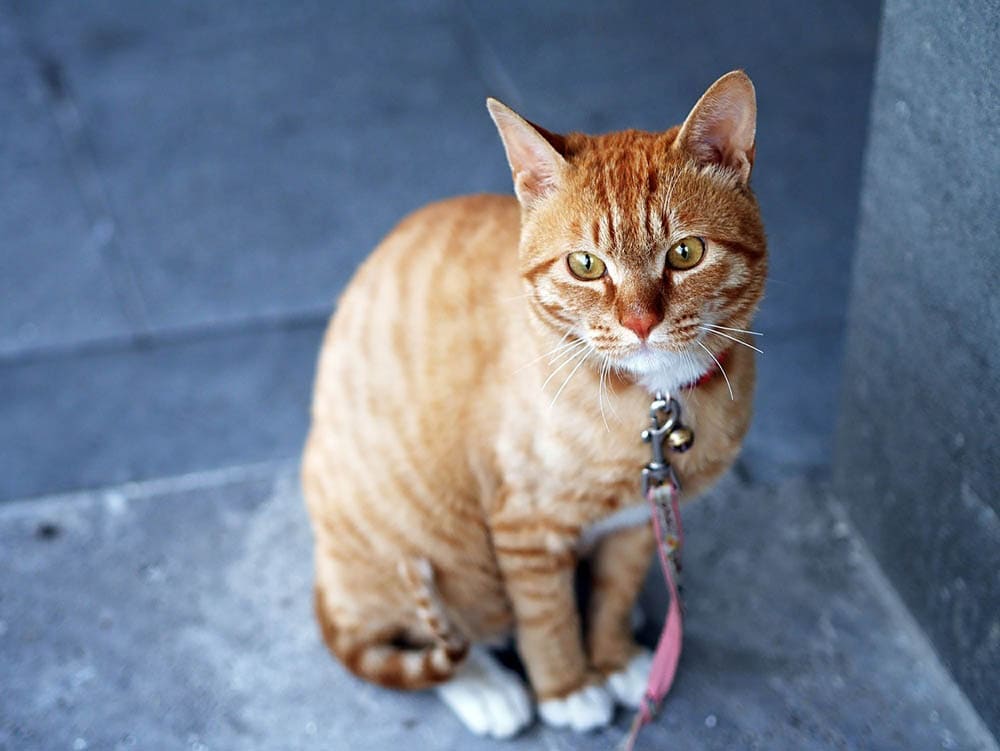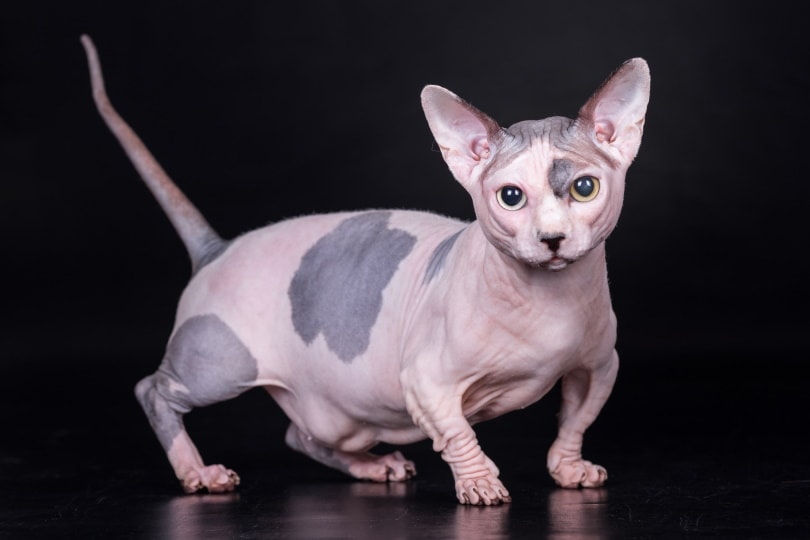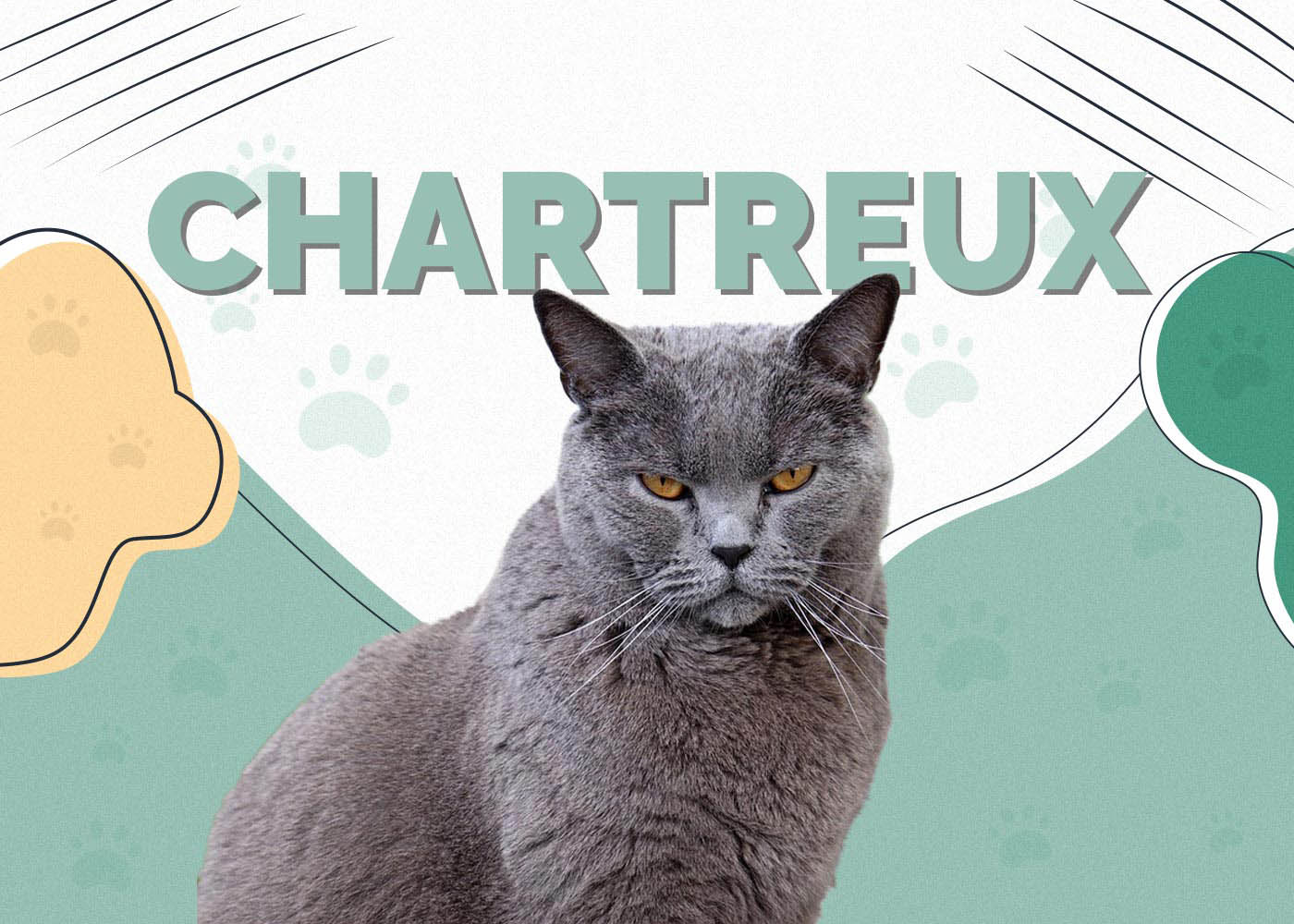Orange Bengal Cat: Facts, Pictures, Origin & History
Updated on
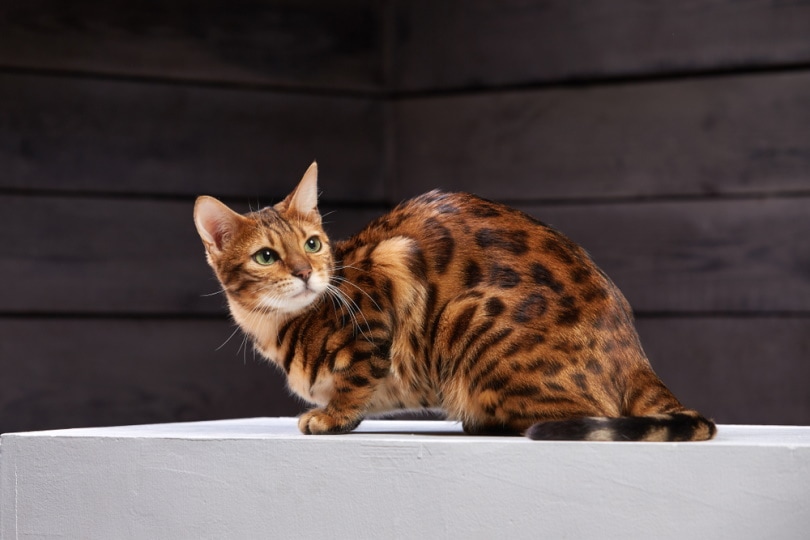
Click to Skip Ahead
Bengal cats are not a common breed. However, they do come in a variety of different colors. Usually, you’ll find these cats in a standard brown, “snow”, or silver. However, this brown can sometimes look like an orange, depending on the shading.
However, there is technically no “standard” orange coloration. Most Bengal cats that are orange would simply be considered brown. There are several non-standard colors as well, such as charcoal, blue, and black. All of these colors are not recognized by The International Cat Association.
Orange Bengal cats started around the same time as the other colorations in the breed. Bengal cats have come in brown and orange since the beginning.
The Earliest Records of the Orange Bengal Cat in History
Bengal cats have a pretty long history. The very first crossbreed between an Asian leopard cat and a domestic feline was mentioned in 1889. However, there is a chance that other crossbreeds happened before then. We just don’t have a record of them.
With that said, much of the early history of the breed stopped after just one or two generations. Therefore, it wasn’t until much later that Bengal cats became a set breed that cat owners were able to purchase.
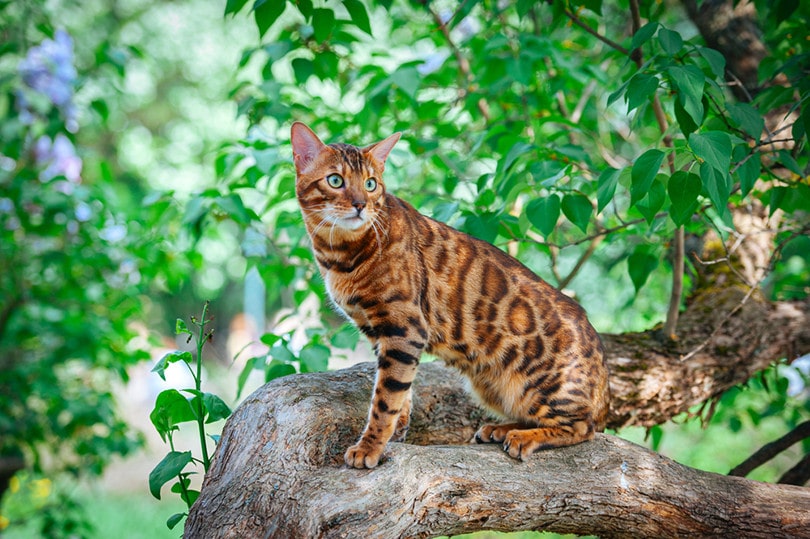
How Orange Bengal Cats Gained Popularity
The Bengal cat we know today originally appeared in California in the 1970s. Jean Mill is credited with starting the breed, despite the fact that the breed was created before her. She was the first breeder to bring the cat into the mainstream and go beyond the first couple of generations.
Mill graduated with a degree in psychology from Pomona College. However, she had also taken several classes in genetics while at the university. She began breeding the Bengal but started and stopped many times. In 1970, she redoubled her efforts. Then, in 1975, she had enough cats to do genetic testing on. At this time, she also popularized the breed enough to prompt others to breed Bengals.
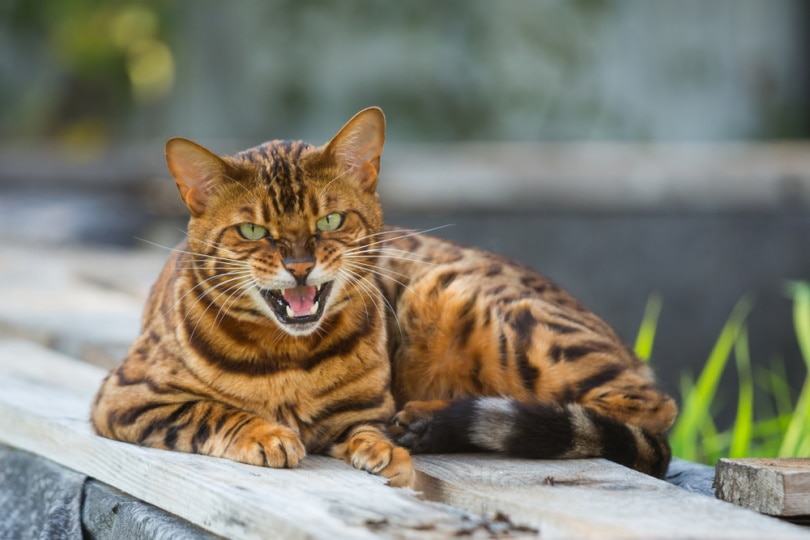
Formal Recognition of the Orange Bengal
Technically, orange Bengals are not officially recognized. However, brown Bengals are. Many cats we would consider “orange” actually fall into this brown category.
The International Cat Associated first accepted this breed in 1986. However, the breed didn’t gain championship status until 1991, which meant that it could fully compete in cat shows.
Several other organizations accepted the breed later on. The Cat Fanciers’ Association didn’t accept the breed until 2016, though, being one of the last organizations to accept this crossbreed.
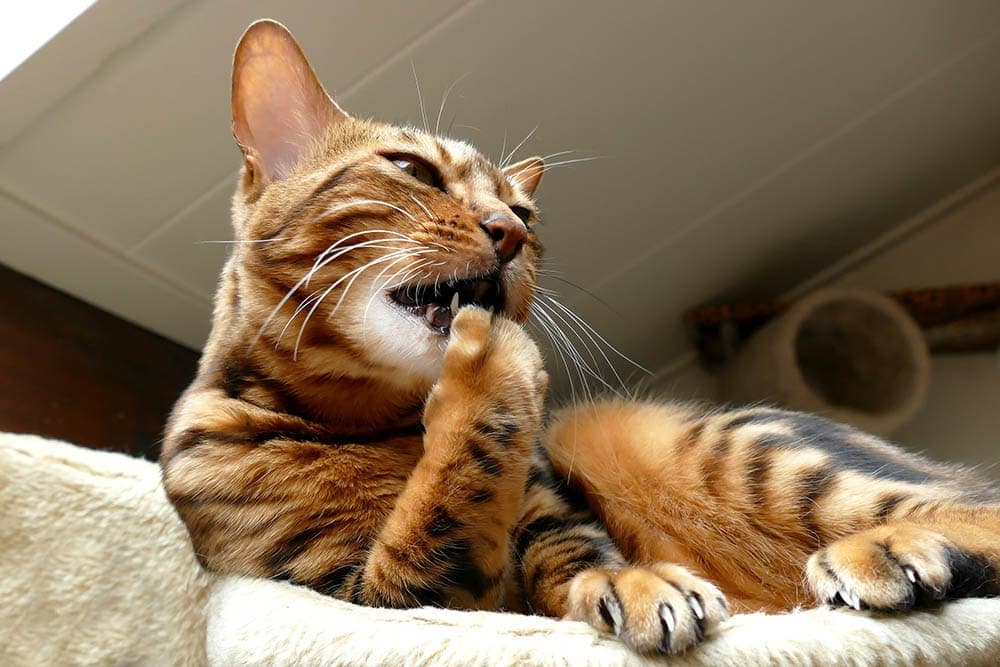
Top 6 Unique Facts About Orange Bengals
1. They are no longer “wild”.
Very early generations of Bengal cats are technically at least partially wild. Therefore, they are not allowed in many areas. However, these cats have progressed so far with their breeding that many of them are no longer considered wild. They have far more domestic blood in them than wild blood.
Therefore, you can typically count these cats as solely domestic felines. Most of their wild behavioral traits have been lost.
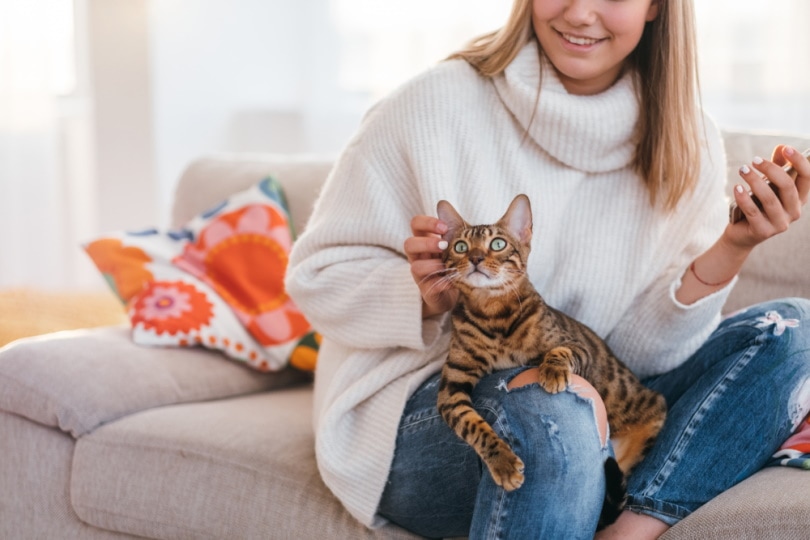
2. Bengal cats can be very large.
Many people are surprised by how big these cats can get. While they are not as big as a Maine Coon or other huge cats, they can still reach 15 pounds in many cases.
Plus, they tend to be quite lanky and athletic, which can make them appear very tall and long.
3. They aren’t lap cats.
Typically, these cats aren’t lap cats. They don’t like laying around and cuddling that much. Instead, they are extremely active so you’ll need to prepare accordingly with plenty of places for them to run and play.
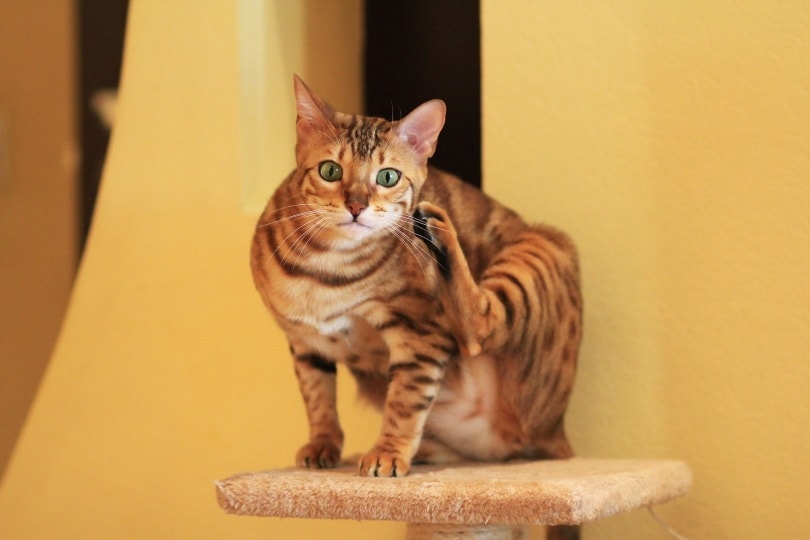
4. Bengal cats are extremely trainable.
These felines are extremely smart and they can easily be trained. You can even teach them to walk on a leash and learn tricks similar to dogs. In fact, many people describe these cats as “dog-like.”
We do recommend that your feline gets trained, if only for the mental exercise. These cats can be extremely boredom-prone. Therefore, you’ll need to provide them with constant entertainment. Climbing and toys can provide this to some extent. However, we recommend getting some puzzle toys and focusing on training to some extent.
5. Consider getting two.
Because these cats are so active and need so much mental stimulation, we do recommend considering two cats. While this does cost more, it also means that your cat will be less likely to get bored or destructive.
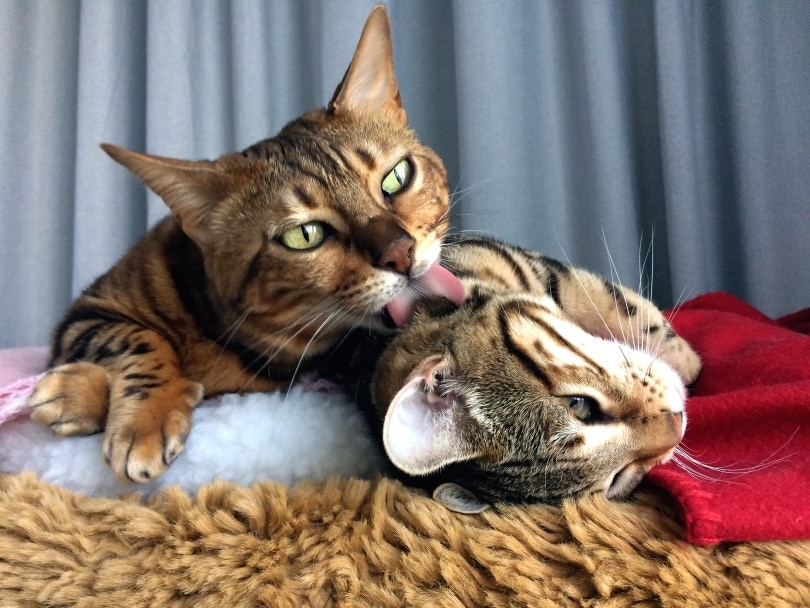
6. Bengals have glittery fur.
Many Bengals have a sheen to their fur, which can make it look sparkly. Often, these cats look like they are dusted with gold pixie dust. This glittery fur is often one of the big draws of this breed.
Do Orange Bengals Make Good Pets?
These cats can make good pets for the right owner. Usually, these cats work well for more active owners that want to do lots of things with their cats. These felines will play for hours a day and participate in training. You can even take them on walks.
However, they don’t work well for those who plan on being gone for much of the day. These cats are not your average domestic feline. Instead, they do take a lot of work.
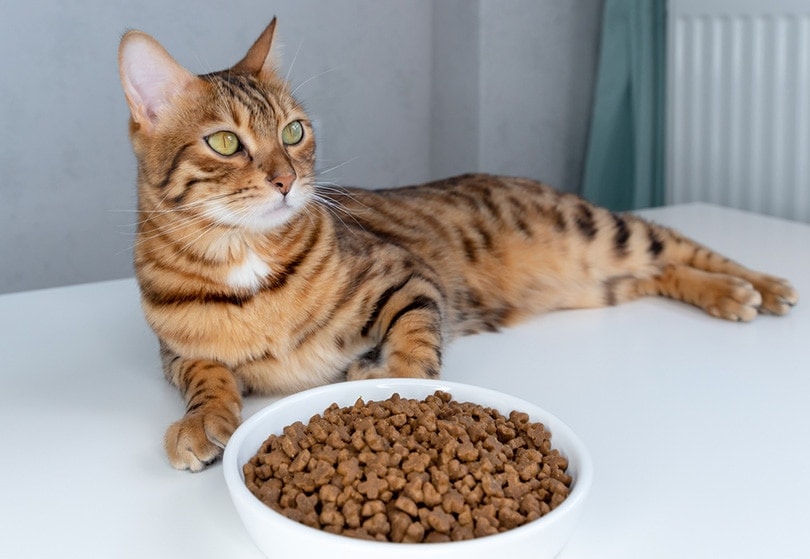
Conclusion
Orange Bengals are actually called brown Bengal cats. However, they are becoming more popular. These cats are extremely active, and they are very trainable. Therefore, they act a lot more like dogs than cats. For this reason, we highly recommend only getting one if you have the time to dedicate to them.
These cats are quite expensive, so you’ll likely need to save up for them to some extent. Furthermore, we highly recommend that you choose a qualified breeder.
Related Read:
- Why Are Bengal Cats Illegal in Some States & Countries? Facts & FAQ
- Bengal vs Maine Coon Cats: The Differences (With Pictures)
Featured Image Credit: EZvereva, Shutterstock



